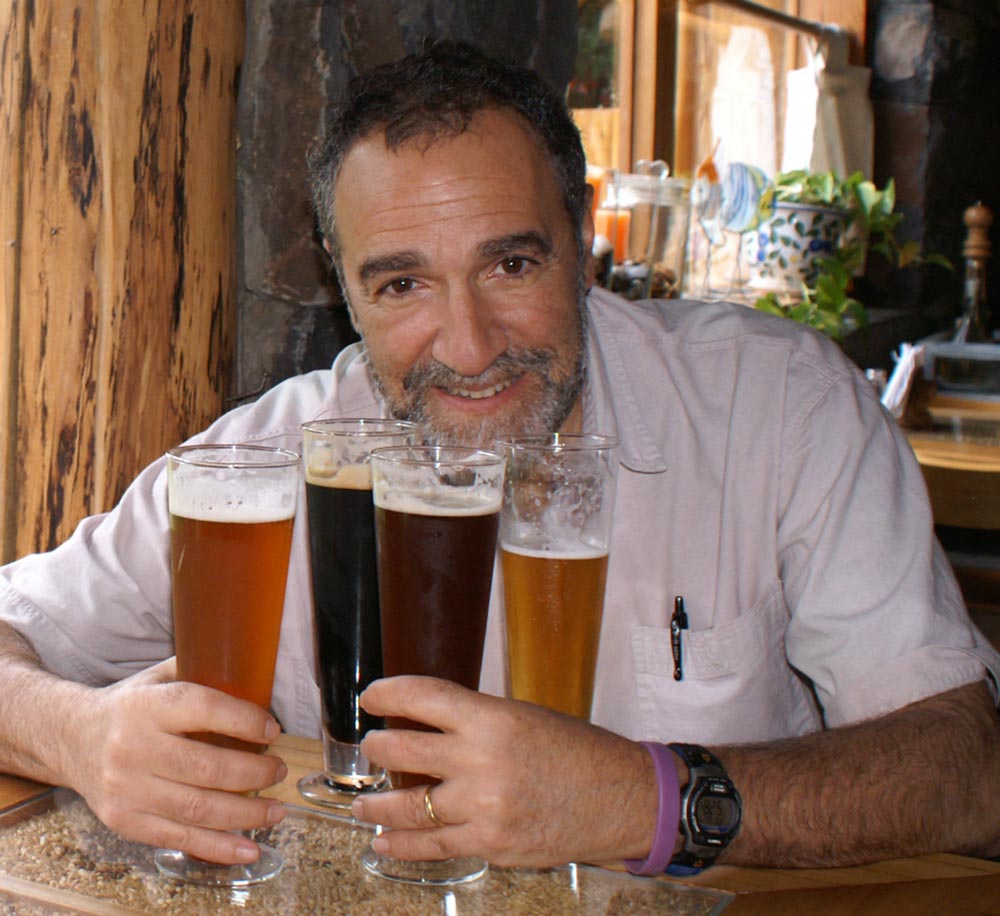Pioneer of Beer
Charlie Papazian (Engr ’72) changed American brewing scene

Saying Charlie Papazian started a revolution during his years at UVA might be overstating things a bit.
“The seeds of a revolution, that’s for sure,” Papazian (Engr ’72) says with a laugh.
Back in the early ’70s, a six-pack of beer could be purchased for less than a buck, and taste was not an issue for Papazian and his buddies. A neighbor of a friend, however, opened the door to a whole new world of flavor.
“We went down in his basement, where he showed us some of his homebrew,” recalls Papazian, who was studying nuclear engineering at the time. “He said, ‘This is the good stuff.’”
Papazian was intrigued not only by the taste—it was indeed good stuff—but also the process. He learned to brew and, after moving to Colorado, taught homebrewing classes. Handouts for his students evolved into his seminal book, The Complete Joy of Homebrewing. He also founded the American Homebrewers Association and an organization for brewers who had turned pro, thus propelling the craft beer revolution that has changed the brewing landscape in the U.S.
“Charlie Papazian is the father of American homebrewing, and he continues to be important to homebrewers and the brewing industry today,” says Jamey Barlow (Col ’06), a founding member of the Charlottesville Area Masters of Real Ale.
The Complete Joy of Homebrewing now has sold more than 1 million copies, and Papazian is president of the Brewers Association, based in Boulder, Colo. The group represents not only 17,000 homebrewers around the country, but also more than 1,000 professional brewers.
The industry achieved a landmark this year—the 1,525 brewers in the U.S. represent the highest total in a century (there were fewer than 100 three decades ago). In the first half of 2009, craft brewing notched 5 percent growth by volume and 9 percent by dollars, all during a period of economic turmoil.
“That says a lot for what’s going on with beer awareness and enjoyment of beer,” Papazian says. “Back in the 1970s, when I was teaching class, the beer-making classes were kind of an oasis for people to come and try different beers. Things have changed dramatically.”
The U.S. now is a model of brewing diversity. You can go into a restaurant like Beer Run in Charlottesville, for example, and order an India pale ale or a Belgian-style ale, a hefeweizen or a witbier—all brewed in the U.S.
Homebrewing remains a passion for Papazian, an avuncular man with a salt-and-pepper beard and a ready smile. He cranks out 15 or 16 batches a year, and though his techniques have evolved, he’s never lost sight of the link that spurred his early efforts.
“What I recognized then, and I continue to recognize today, is that homebrewing brings people together in a more convivial way than, at the time, store-bought beer,” he says.
While the popularity of the hobby has had its ups and downs, Papazian sees more young people taking to it recently. Barlow, who began homebrewing in 1995, says part of the appeal is the low-key mood Papazian made famous with his motto: “Relax. Don’t worry. Have a homebrew.”
“That might sound trite or too hippie in today’s society, but it was just what the new homebrewer needed to hear,” Barlow says. “Charlie gave you the confidence to just brew and get better at it each time.”